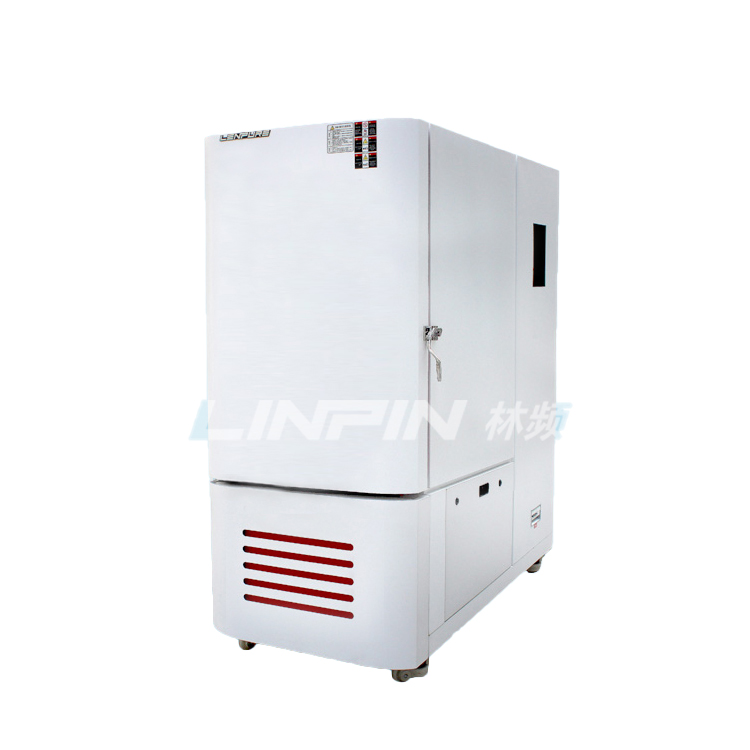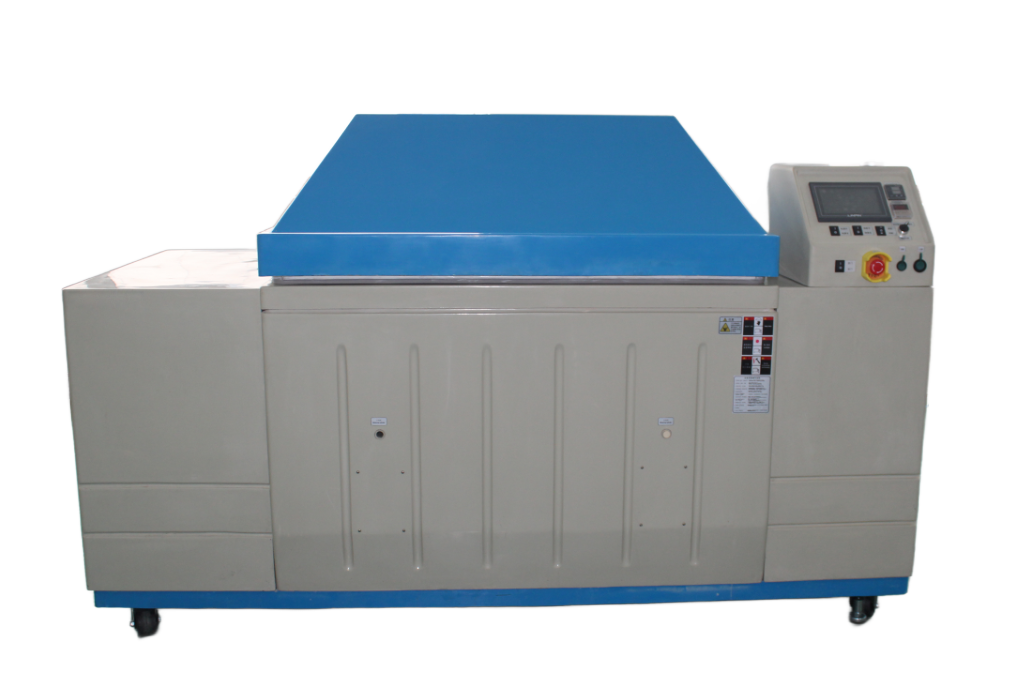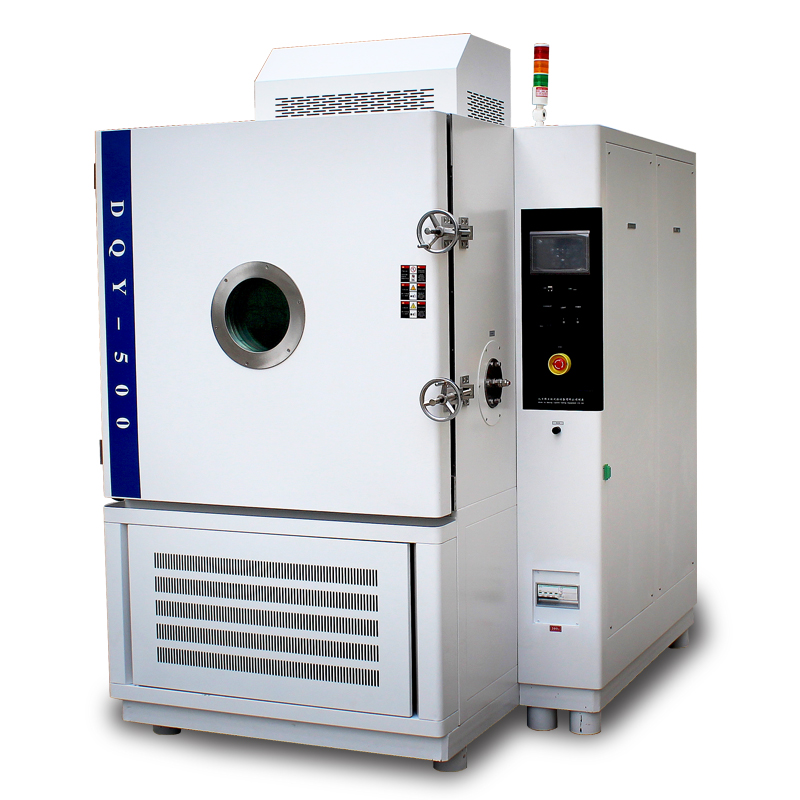How to Use Rapid Thermal Cycling Chambers to Detect Battery Swelling Risks in Electric Toothbrushes Early
Author:LINPIN Update Time:2025-08-15 Source:LINPINImagine this: A consumer is brushing their teeth in the morning when suddenly, the body of their electric toothbrush swells, cracks, or even leaks or catches fire. Such an incident wouldn’t just damage a product’s reputation—it could also expose the brand to costly recalls, compensation claims, and legal risks. Fortunately, there’s an efficient and reliable way to "root out the risk" before products leave the factory: rapid thermal cycling chambers. By simulating the thermal expansion and contraction of battery materials and structures under extreme conditions, these chambers can reveal potential lithium-ion battery swelling issues in electric toothbrushes, providing scientific data for quality control and design improvements.
1. The Root Cause of Swelling: Why Are Electric Toothbrush Batteries Prone to Bulging?
- Electrochemical Reactions During Charging/Discharging: Lithium-ion migration between electrodes and electrolyte decomposition or side reactions can generate gas, which worsens with prolonged or abnormal charging.
- Thermal Stress: High temperatures accelerate electrolyte decomposition and gas generation, while sudden temperature changes cause material expansion mismatches, leading to structural stress.
- Mechanical and Sealing Defects: Poor welding, encapsulation, or bonding can create micro-channels where gas accumulates, increasing swelling risks.
- Design and Material Incompatibility: If electrodes, separators, electrolytes, and casing materials aren’t properly matched, thermal cycling can amplify defects.

2. What Is a Rapid Thermal Cycling Chamber, and What Can It Do?
A rapid thermal cycling chamber is an environmental testing device that rapidly switches between high and low temperatures, simulating real-world conditions like transportation (e.g., from a cold truck to a hot warehouse). It subjects samples to repeated cycles to uncover temperature-induced physical and chemical failures.
Key Capabilities:
- Replicates temperature shocks and thermal cycling scenarios quickly.
- Measures battery volume changes, swelling rates, and triggering conditions.
- Evaluates the reliability of sealing and structural designs under thermal stress.
- Provides data to optimize materials and design choices.
3. How to Use Rapid Thermal Cycling Chambers to Detect Swelling Risks
Step 1: Define the Test Protocol
- Temperature Range: E.g., -20°C to +70°C, adjusted for target markets.
- Ramp Rates and Dwell Times: Fast transitions (e.g., 10–20°C/min) simulate extreme shocks; dwell phases mimic prolonged exposure.
- Cycle Count: Typically 100–1,000 cycles, based on product lifespan and risk tolerance.
- State of Charge (SOC): Test at 0%, 50%, and 100% SOC to identify high-risk conditions.
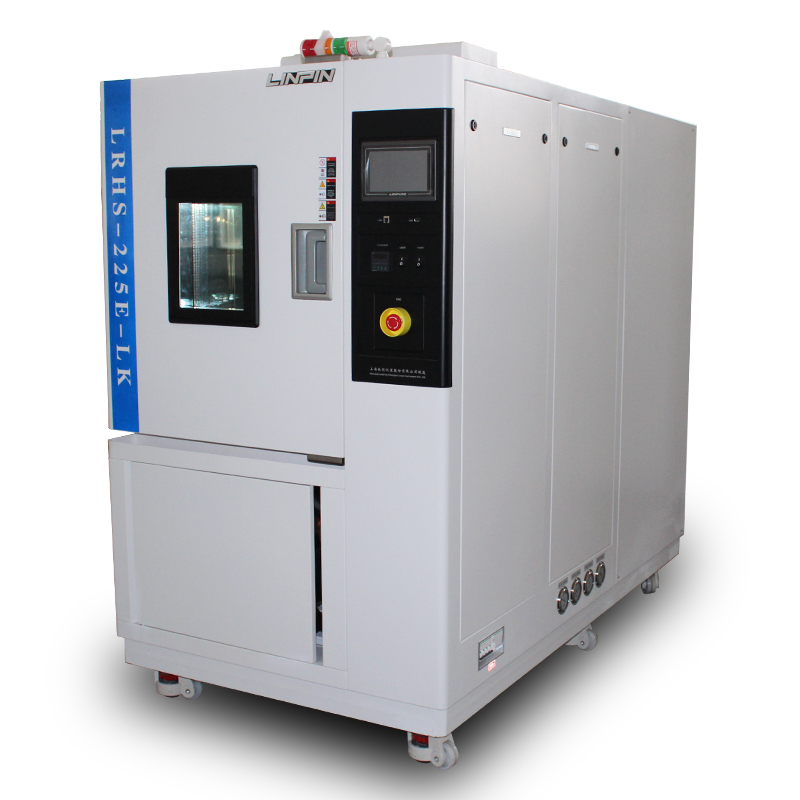
Step 2: Prepare and Mount Samples
- Use fully assembled units (battery + casing + seals) rather than bare cells, as structural design impacts swelling behavior.
- Attach strain gauges or displacement sensors to critical areas; use high-resolution cameras to document deformations.
- Implement safety monitors (temperature, gas, short-circuit protection) to prevent hazardous failures.
Step 3: Execute Tests and Monitor in Real Time
- Continuously log volume/thickness changes, surface temperature, voltage, and internal resistance.
- Deploy thermal imaging or macro cameras to capture swelling initiation and progression.
- Set threshold alarms (e.g., volume expansion ≥ X mm or internal resistance spikes).
Step 4: Failure Analysis and Acceptance Criteria
- Define Swelling: E.g., visible bulging ≥ X mm or volume increase ≥ Y%.
- Correlate with Cycles/SOC: Identify which conditions (e.g., specific temperatures or SOC levels) trigger swelling.
- Post-Mortem Analysis: Dissect failed samples for SEM, XRD, or compositional testing to pinpoint root causes (e.g., gas-generating reactions or weak seals).
4. The Value of Rapid Thermal Cycling in Quality Control and Design
- Pre-Shipment Screening: Test production samples to catch high-risk batches early.
- Guide Design Improvements: Data reveals weak points (e.g., inadequate seals or cooling), driving optimizations.
- Accelerate R&D: Validate new materials/designs faster, shortening development cycles.
- Support Compliance: Generate data for safety certifications (e.g., UL, IEC), reducing recall risks.
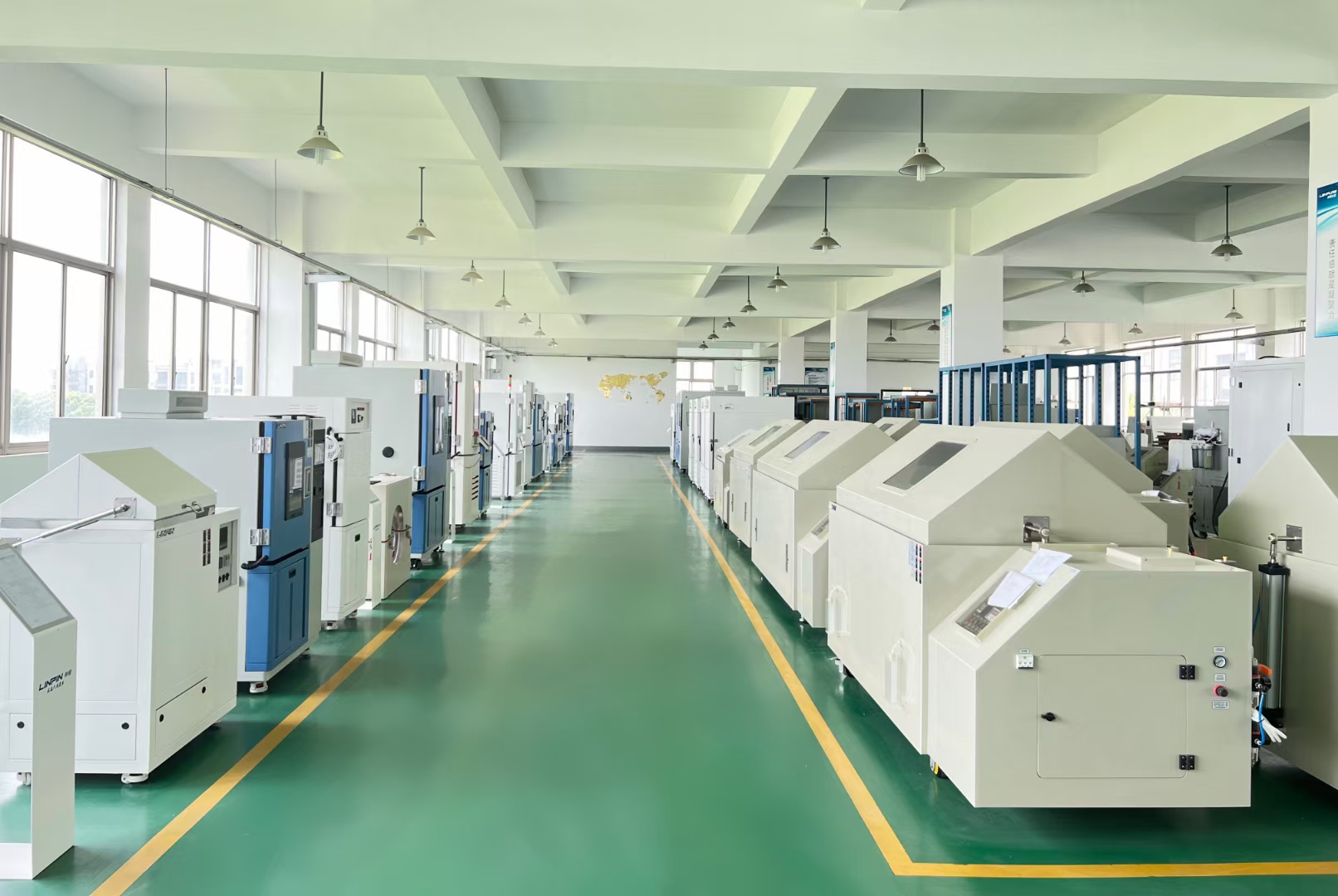
5. Case Study
An electric toothbrush brand tested fully assembled units under 200 rapid cycles (-20°C ↔ +60°C). Samples at 50% SOC showed slight swelling after 120 cycles. Teardowns revealed gas buildup from electrode-electrolyte reactions, exacerbated by weak adhesive seams. After redesigning the internal structure and switching to a better adhesive, subsequent tests showed no swelling.
In today’s competitive consumer electronics market, product safety and user trust are paramount. A rapid thermal cycling chamber isn’t just a box that switches temperatures—it’s a critical tool for preemptively detecting and eliminating swelling risks. By integrating this testing early, brands can minimize recalls, enhance customer satisfaction, and protect their reputation.

